
Homes change with time, and so do the things we keep inside them. What used to be normal—like a landline in every room or a cabinet full of DVDs—is now a fading memory. As trends, technology, and lifestyles evolve, certain household items just quietly disappear. These 29 things once made up everyday life, and now they spark nostalgia every time you spot them somewhere out of place.
China Cabinets
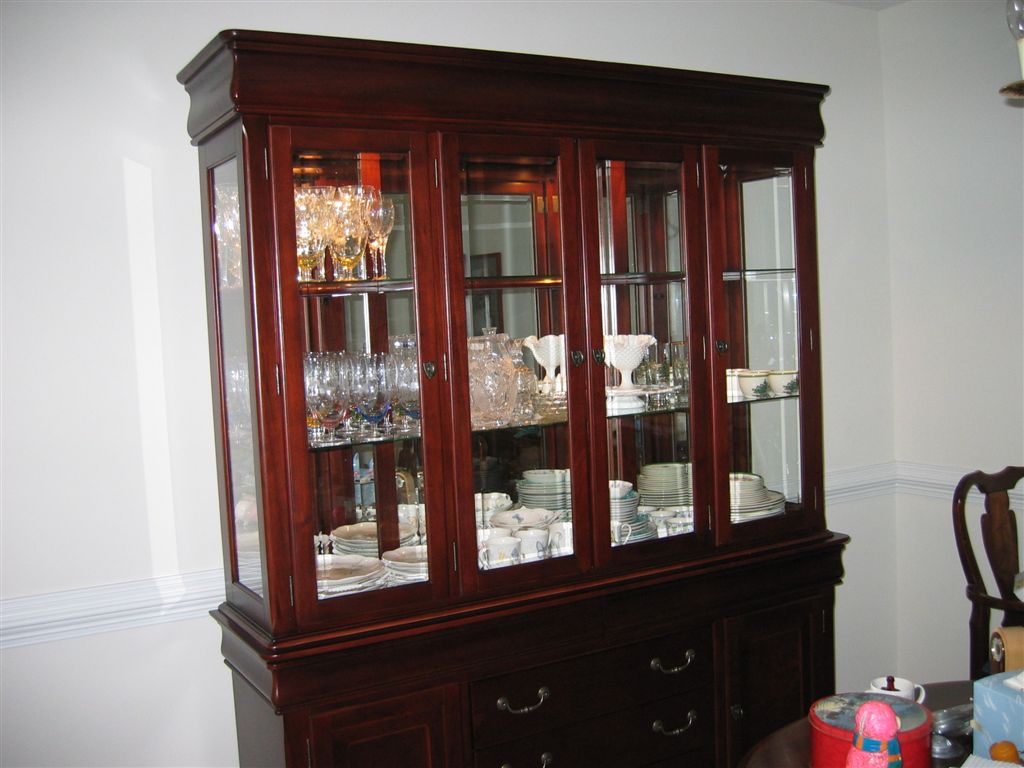
For years, china cabinets were a staple in dining rooms as they were proudly displaying fine dishes that were rarely used but deeply cherished. These large glass-front cabinets held everything from porcelain teacups to fancy silverware and were often passed down through generations. But with fewer people hosting formal dinners and more opting for minimal living, these once-stately pieces have quietly disappeared from modern homes and open floor plans.
DVD Racks
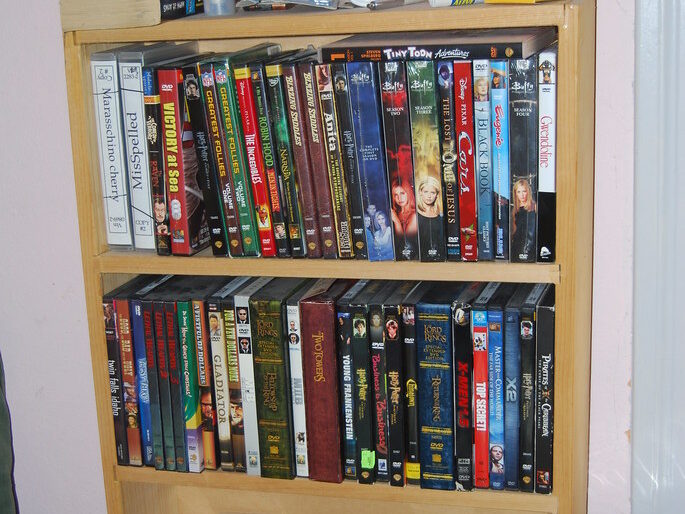
There was a time when owning a tall rack packed with DVDs was something to show off. Whether it was organized alphabetically or just a chaotic collection of favorites, it meant you were ready for an amazing movie night. But with streaming services like Netflix offering endless content without taking up space, DVD racks have become outdated, slowly disappearing from living rooms and gathering dust in storage corners.
Wall Phones with Cords
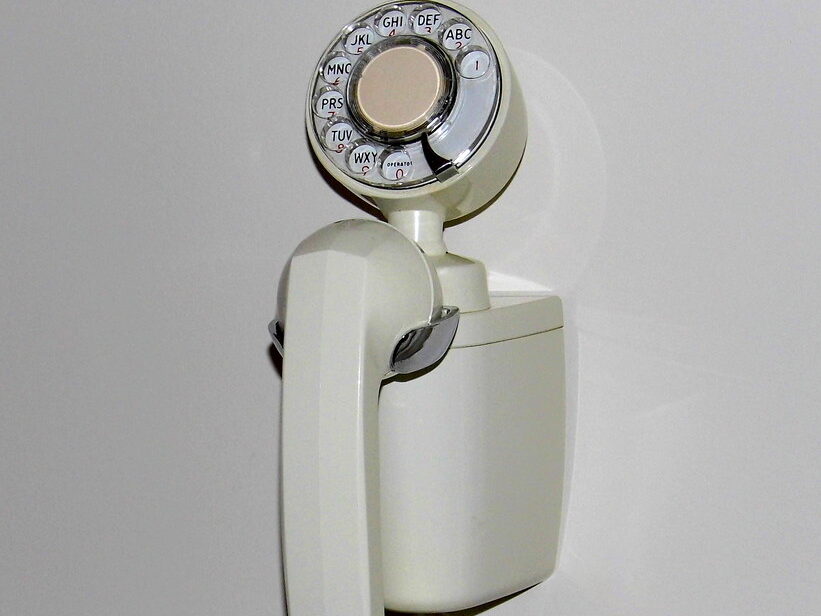
Long before mobile phones became the norm, wall phones with coiled cords were how families stayed connected. You could usually find one in the kitchen, hanging from the wall with a cord long enough to stretch across the room. They were loud, heavy, and often the centerpiece of household conversations. Now, they’ve mostly vanished, leaving behind nothing but holes in the drywall and a bit of nostalgia.
Formal Living Rooms

Formal living rooms once served as the ‘nice’ space in a home, a place for guests, special occasions, or simply to show off your best furniture. They were often off-limits to kids and barely used at all. As homes shifted toward open layouts and multifunctional spaces, the idea of having a whole room just for show faded, making formal living rooms a rare find today.
Ashtrays on Coffee Tables

Even if no one in the house smoked, there was usually an ashtray sitting out—just in case the company did. These came in glass, metal, ceramic, or novelty designs and were as much a piece of décor as they were functional. Today, with a stronger focus on health and smoke-free homes, ashtrays have become a thing of the past, often found only in antique shops or old garages.
Lace Doilies
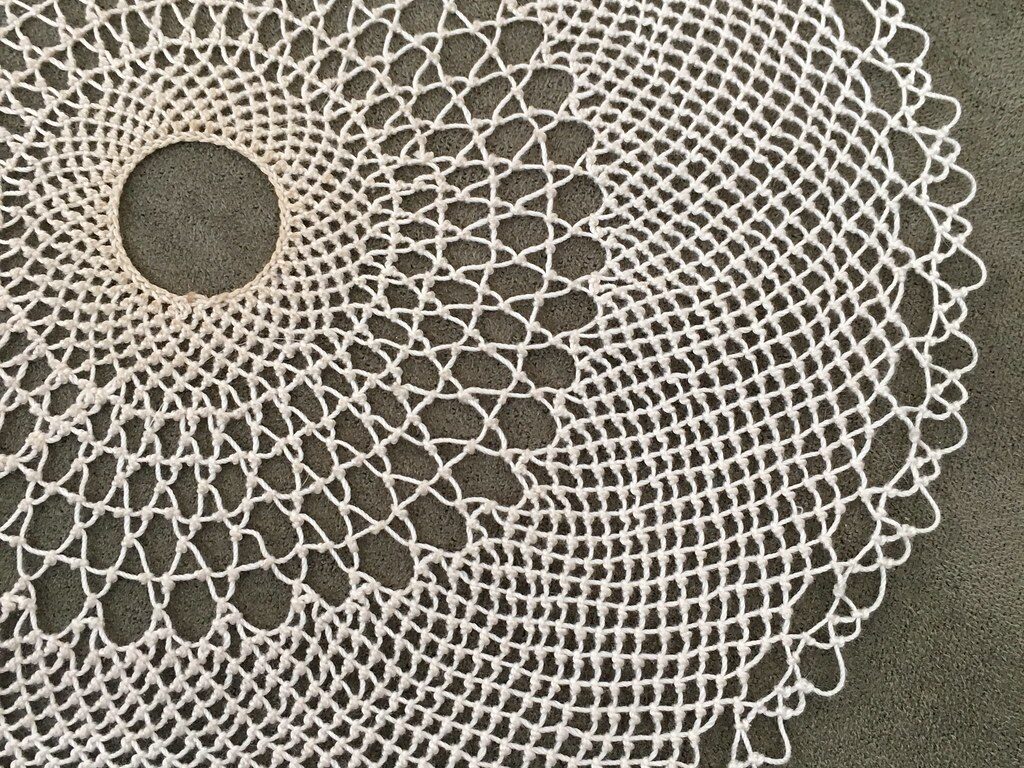
Once lovingly hand-stitched or passed down from older relatives, lace doilies were placed under vases, lamps, or anything decorative. They gave the furniture a fancy, old-fashioned touch and were often considered a mark of a tidy, traditional home. Now, as modern design leans toward clean lines and clutter-free spaces, doilies have faded from everyday use and are mostly seen as charming relics of another era.
Alarm Clocks with Flip Numbers
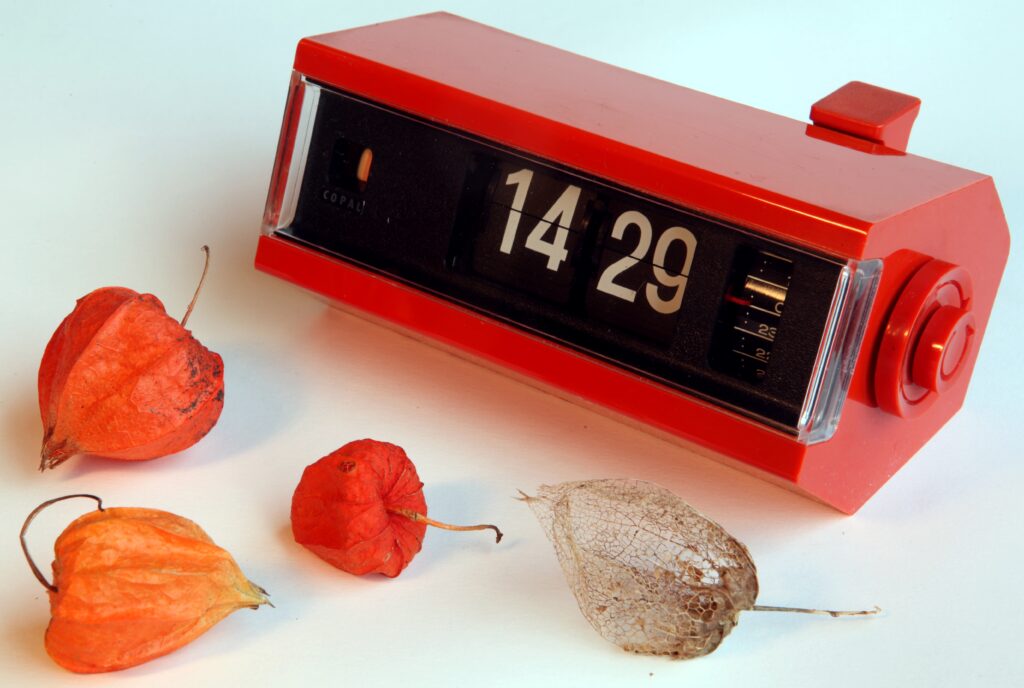
Before smartphones took over bedside tables, alarm clocks with flip numbers were the go-to way to wake up. The numbers flipped down with a gentle ticking sound that felt oddly soothing. While they were once considered high-tech and stylish, these clocks have largely disappeared, replaced by phone alarms and smart speakers. You might still spot them in vintage stores, but rarely on nightstands today.
Rolodexes

Spinning through a Rolodex used to be how people found phone numbers and addresses before everything was stored digitally. These card-filled wheels sat on desks and kitchen counters, organized with care and updated by hand. Though they were once essential for managing contacts, smartphones, and computers made them instantly outdated. Now, they’re a charming reminder of a slower, more analog time in personal organization.
Encyclopedias

Having a full set of encyclopedias was once a source of pride in many homes, often displayed on bookshelves as a symbol of education and curiosity. Kids used them for school projects, and adults flipped through them just to learn something new. But the internet has made printed encyclopedias nearly obsolete, and most sets have been donated, boxed up, or long since forgotten.
TV Antennas (Rabbit Ears)

Getting a clear TV picture used to mean fiddling with metal “rabbit ears” on top of your set. People would twist, bend, and even add aluminum foil to improve reception. It was a normal part of watching TV. Now, with digital cable, streaming, and flat screens, those antennas are mostly gone. You rarely see them in homes anymore—except maybe in basements or attics gathering dust.
Plastic Couch Covers
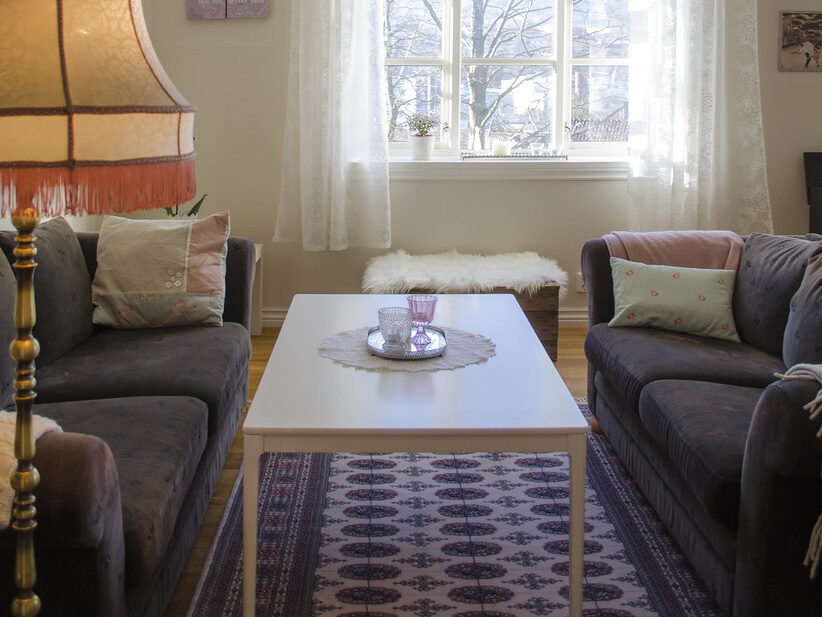
Protecting furniture with clear plastic covers might seem odd today, but for decades, it was a common practice in homes. The covers were squeaky, stuck to your skin in summer, and made couches uninviting, but they were meant to preserve the upholstery underneath. These days, comfort has won out over preservation, and plastic-covered couches have largely vanished—except in family stories and maybe grandma’s front room.
Intercom Systems
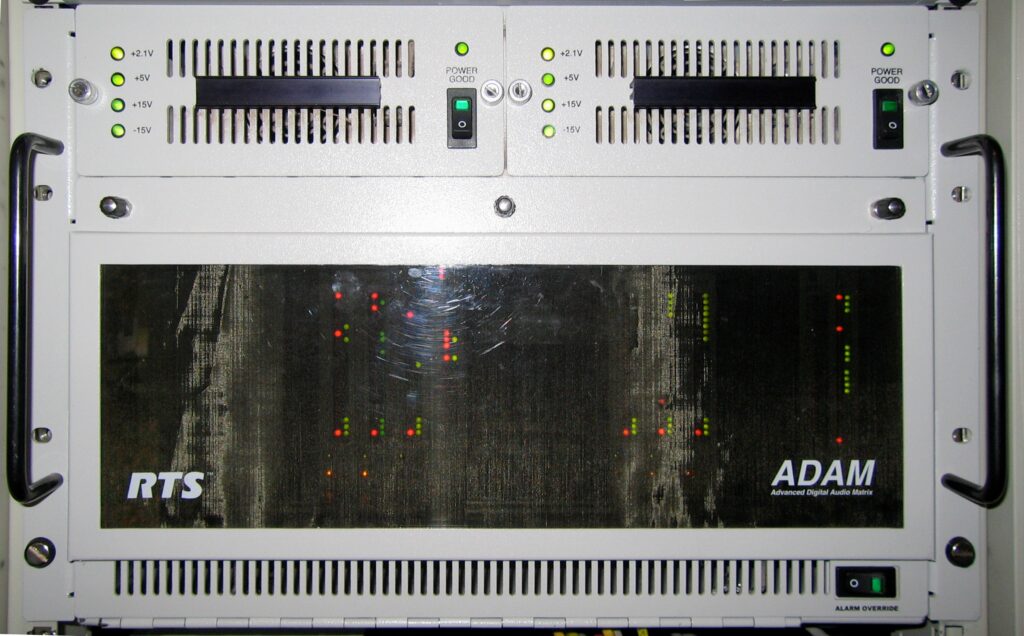
Built-in intercom systems once felt like high-tech luxuries, especially in split-level homes or large households. You could buzz someone from the kitchen or check who was at the front door without getting up. But with mobile phones and smart speakers now doing all that and more, these once-cool systems have mostly been removed, forgotten, or left non-working in older homes that haven’t been updated.
Sewing Baskets
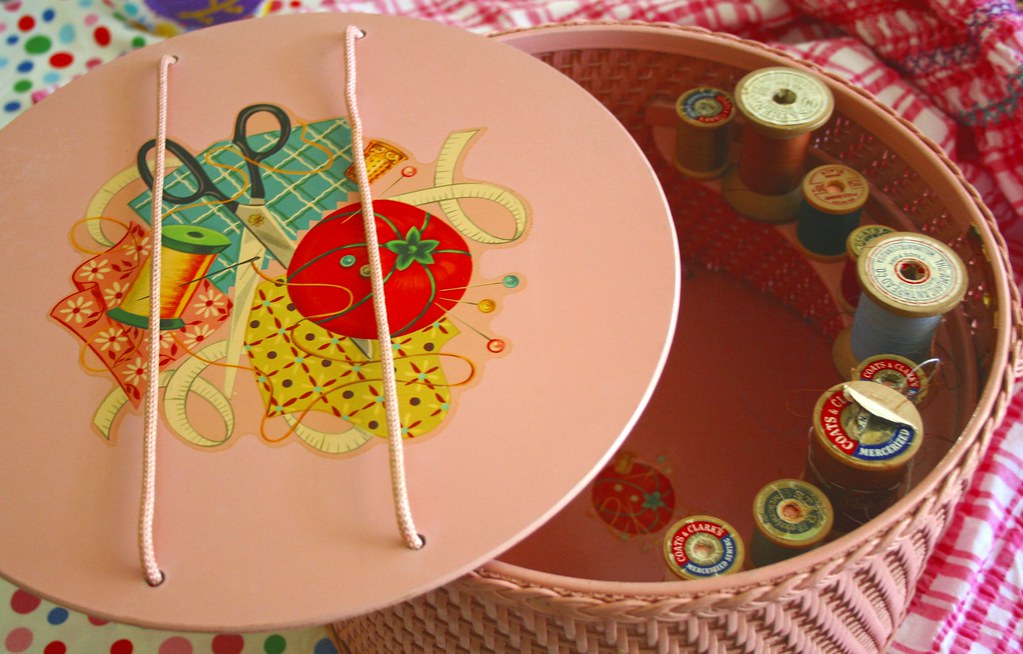
A sewing basket filled with spools of thread, needles, and fabric scraps was once a staple in most households. Whether fixing a hem or patching a sock, having basic sewing skills was normal, and the basket was always close by. Today, with fast fashion and less emphasis on repairing clothes, sewing baskets are less common—often tucked away, unused, or saved for sentimental reasons.
Decorative Wall Phones
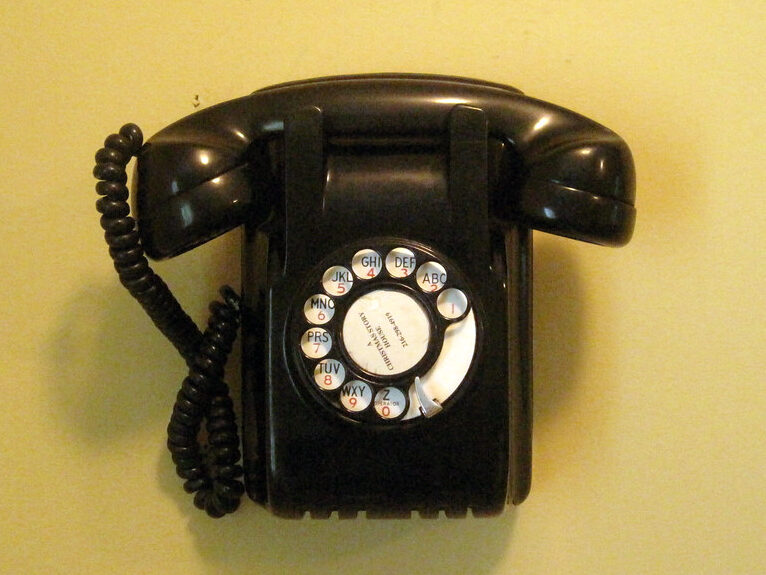
Some phones were more than functional—they were meant to be noticed. Bright red lips, rotary dials, or antique-inspired designs hung on walls like quirky accessories. These novelty phones were conversation starters and a fun mix of tech and design. But now, with everyone using smartphones, decorative wall phones have become outdated pieces you’ll only find in vintage collections or retro-themed restaurants.
CD Stereos and Boomboxes
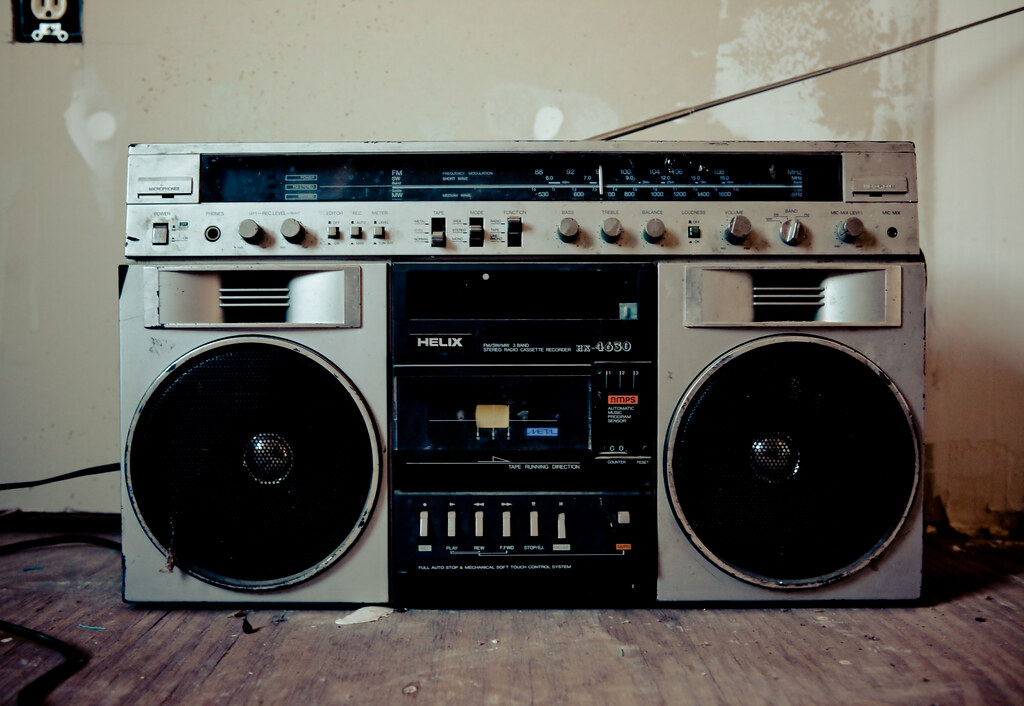
Having a giant stereo system or boombox once meant you were serious about music. They were loud, bulky, and packed with features—CD trays, tape decks, and giant knobs. Whether you were making a mixtape or blasting a summer playlist, these machines were part of life. Now that streaming music plays from tiny Bluetooth speakers; these once-loved sound systems have mostly vanished from modern homes.
Wood-Paneled Walls
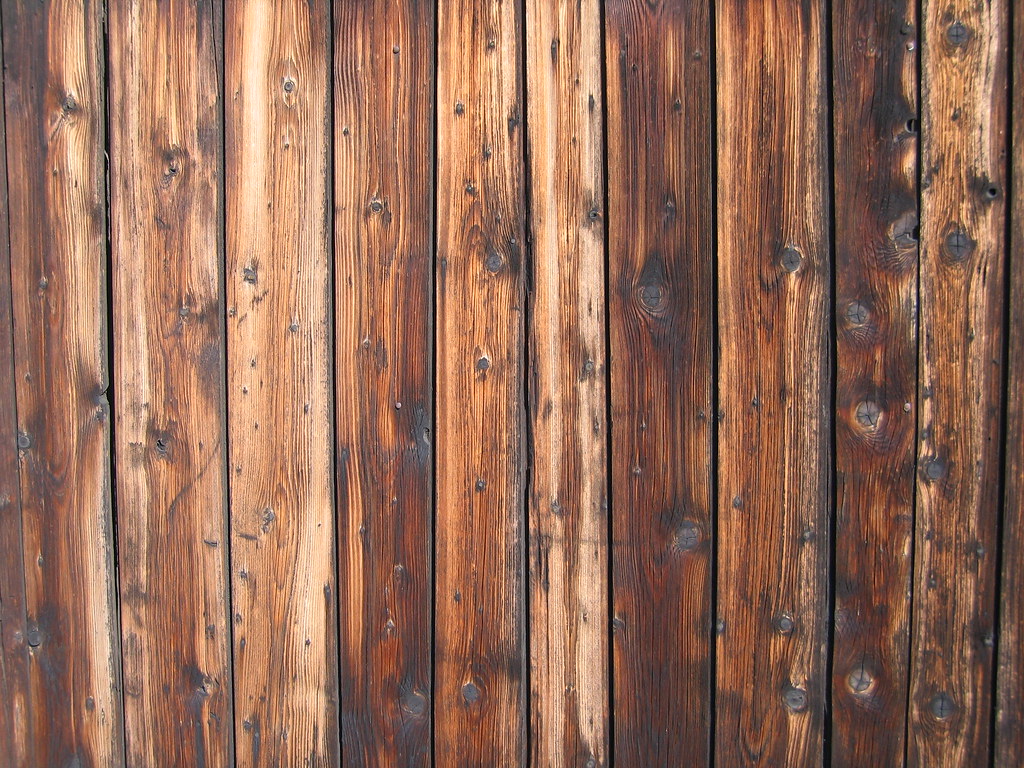
Wood-paneled walls were everywhere in the ’70s and ’80s, giving homes a warm, rustic look. At the time, they felt cozy and homey, but over the years, they’ve become a symbol of outdated design. Most homeowners now prefer lighter colors, drywall, and open spaces, so the dark, vertical wood panels have mostly been removed or painted over in home remodels.
Magazine Racks
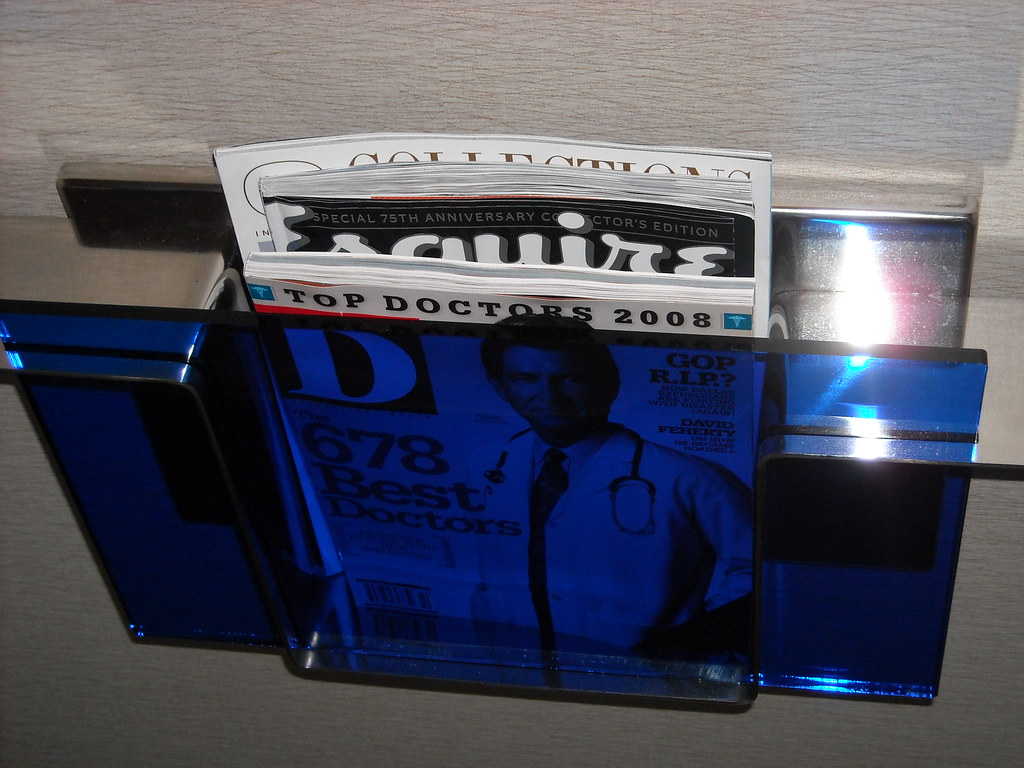
Before everyone scrolled through the news on phones or tablets, magazine racks were a regular sight next to couches, armchairs, or toilets. They held stacks of home décor magazines, Reader’s Digest, or old newspapers. Now that nearly everything is digital, even people who still read print often don’t feel the need to keep a dedicated rack—leaving these once-practical organizers out of most homes.
Wall Calendars from Local Businesses
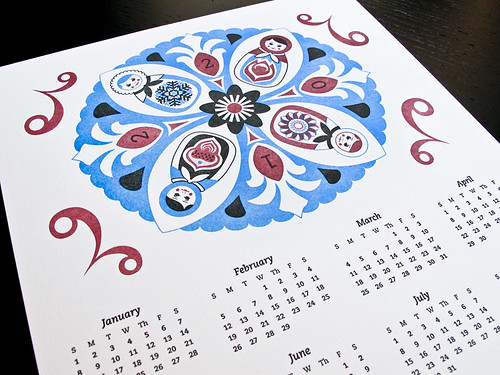
It used to be very common to hang a calendar with scenic photos, cartoons, or inspirational quotes, often given out for free by banks, gas stations, or dentists. They were both decorative and useful, with birthdays, appointments, and holidays scribbled in pen. But with smartphone calendars and apps sending reminders, these wall calendars have become more of a nostalgic nod than a necessity.
Waterbeds
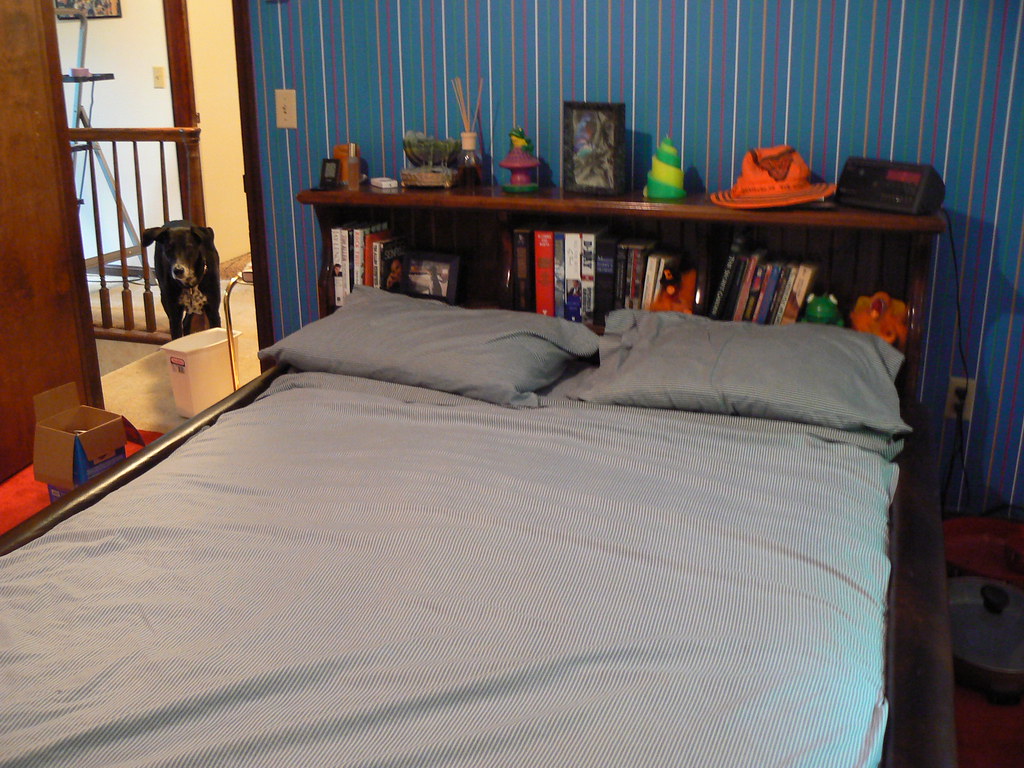
The idea of sleeping on the water once seemed futuristic and luxurious. Waterbeds became a fad in the ’70s and stayed popular into the ’90s, offering a unique, wave-like sleeping experience. But they were hard to move, tough on backs, and prone to leaks. Over time, traditional mattresses caught up in comfort, and waterbeds mostly disappeared—now remembered more as an odd trend than a lasting fixture.
Telephone Tables
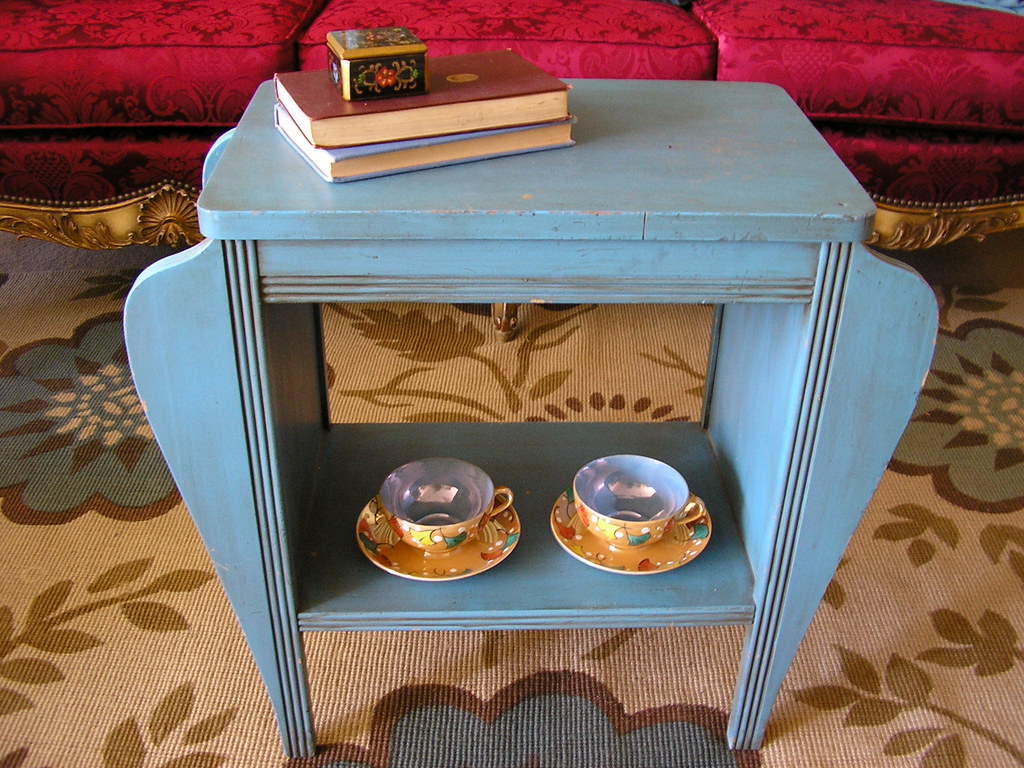
Homes used to have a small table with a chair next to it, set up specifically for using the house phone. Known as a “telephone table” or “gossip bench,” it was where calls were made, numbers were jotted down, and phone books were kept. With mobile phones always within arm’s reach now, these dedicated spaces are no longer necessary in modern life.
Popcorn Ceilings
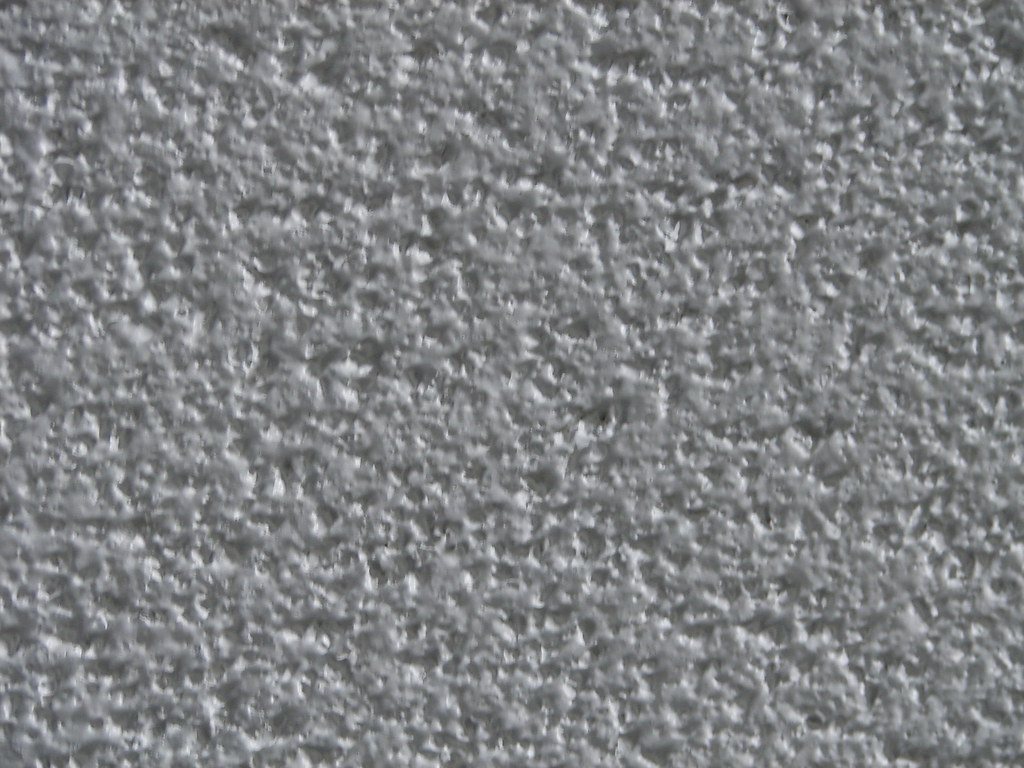
Once a standard in homes built between the ’50s and ’80s, popcorn ceilings were cheap to install and good at hiding flaws. But their bumpy, textured look fell out of favor fast. Not only do they collect dust, but some even contain asbestos. Today, most homeowners choose smooth ceilings for a cleaner, more modern aesthetic—and removing popcorn texture is often one of the first remodeling steps.
TV Cabinets and Armoires
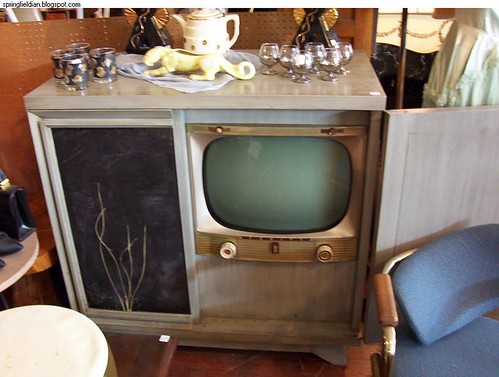
Before flat screens were mounted on walls, televisions were bulky and often hidden in large wooden cabinets or armoires. These pieces were heavy, took up space, and were often treated like a statement piece in the living room. As TVs became thinner and more integrated into minimalist décor, those big cabinets were pushed out and replaced with open shelving or sleek media consoles.
Ceramic Figurine Collections

Display shelves filled with porcelain animals, angels, or seasonal figurines used to be a big deal in many households. Some were collectibles passed down from relatives, while others were part of monthly mail-order subscriptions. As minimalism and open spaces became more popular, these crowded displays began disappearing, and homes shifted toward cleaner, clutter-free décor instead of trinket-filled cabinets.
Curtain Valances
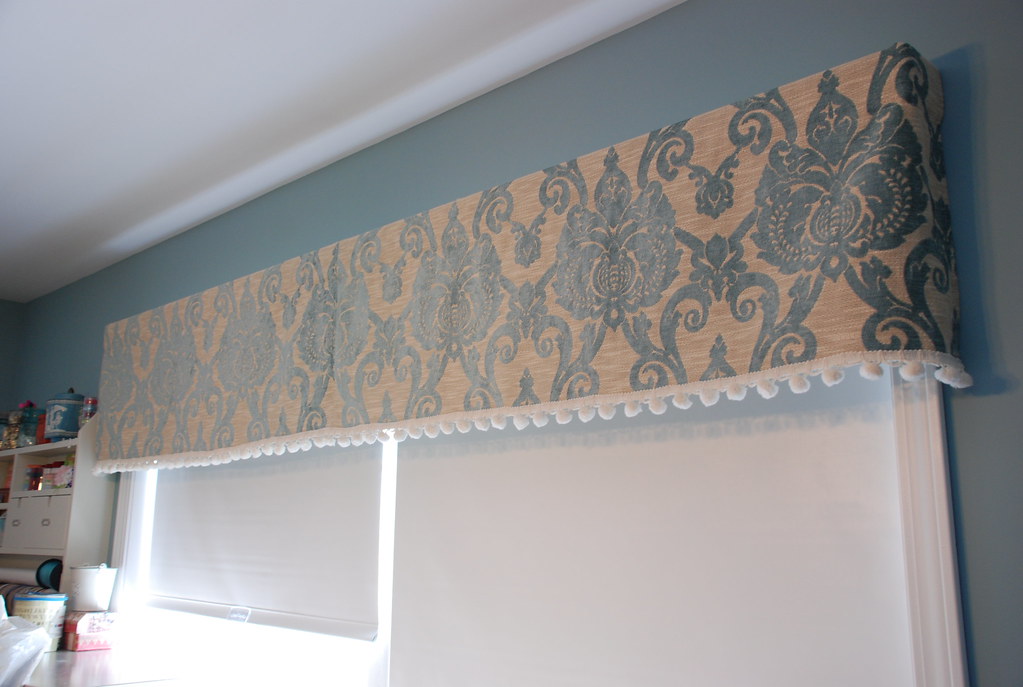
A valance was the decorative topper that dressed up a window—often frilly, pleated, or swagged with bows. They were popular in formal dining rooms or kitchens, giving windows a soft, traditional feel. But modern window treatments now favor simple blinds, clean curtain panels, or even no dressing at all, which means valances have become more of a throwback than a current trend.
Decorative Soap Bars
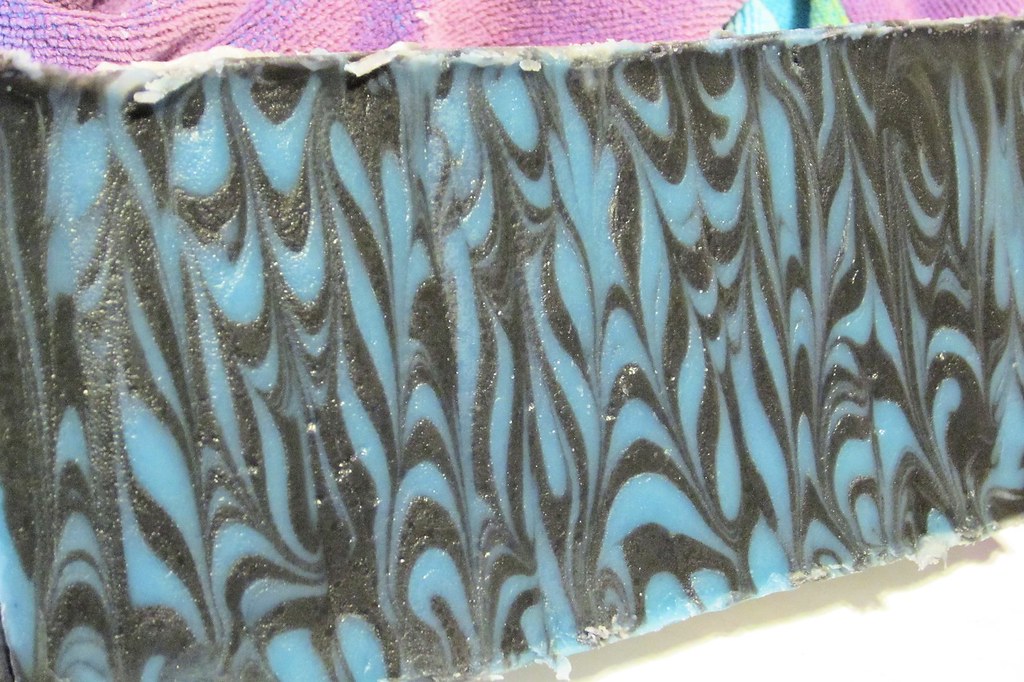
In many bathrooms, especially guest ones, there used to be a bowl of little decorative soaps shaped like shells, flowers, or seashells. They looked cute and smelled nice, but they were rarely ever used. Now, with liquid soaps and hand sanitizers being more practical and sanitary, those tiny soaps are gone from most homes—only turning up in retro décor or old gift baskets.
Tupperware Cabinets
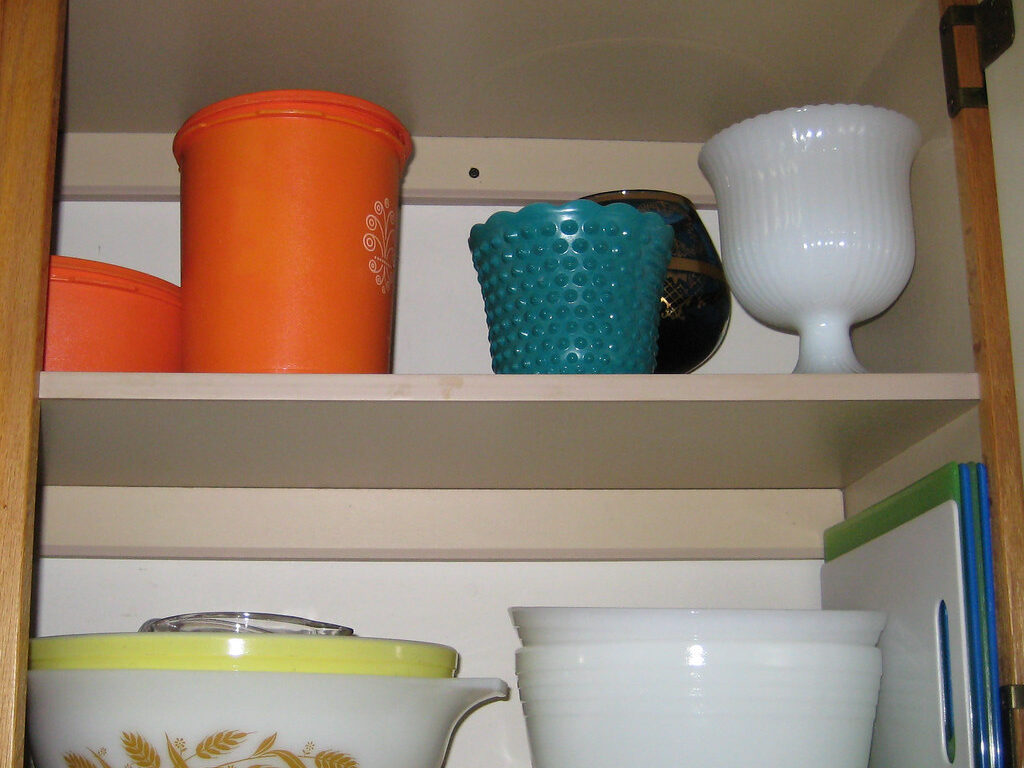
Tupperware parties once filled kitchens with every container size imaginable, and most homes had an entire cabinet stuffed with mismatched lids and stained plastic bowls. But now, with more disposable options, glass containers, and minimalist lifestyles, most people have scaled back. That once-chaotic cabinet of old-school Tupperware is something you’ll only find in certain kitchens or your parents’ house.
TV Guides

Every week, a TV Guide arrived with all the shows listed by time and channel. Families planned their evenings around it, flipping through to find out when their favorite shows aired. These guides were on coffee tables everywhere, but now, on-screen menus and streaming schedules have completely taken over. It’s one of those simple things that disappeared almost without anyone noticing.
Clocks in Every Room
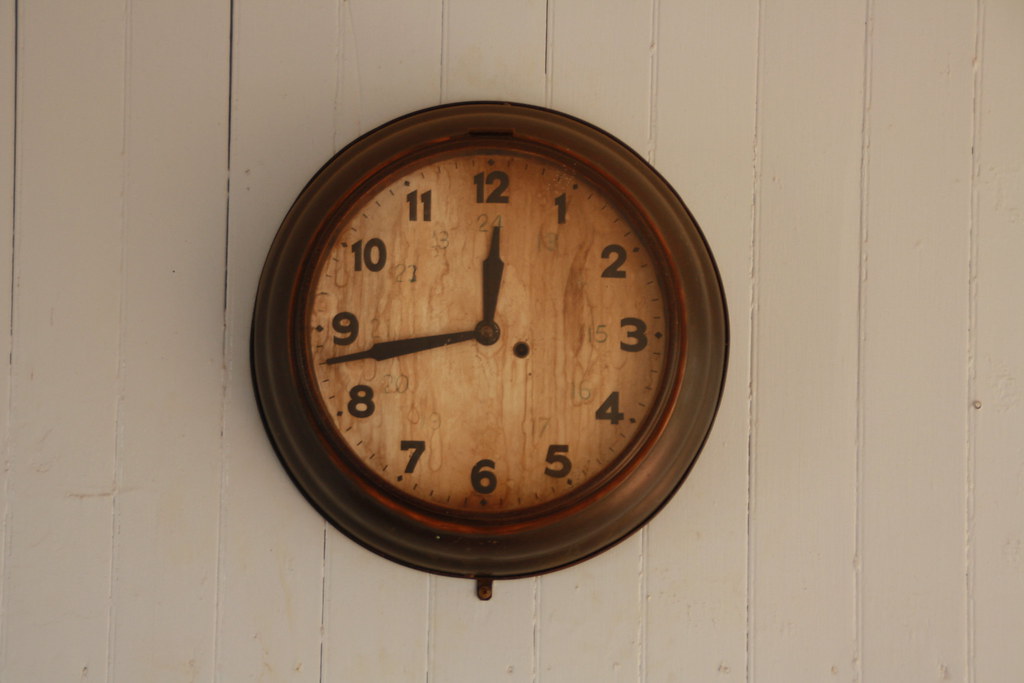
There was a time when every room had a wall clock, alarm clock, or table clock to keep people on schedule. Now, with phones acting as everyone’s main timekeeper, those dedicated clocks have faded into the background. Some homes still have a decorative one or two, but the days of glancing at every wall for a time are mostly gone.
Embroidered Wall Hangings
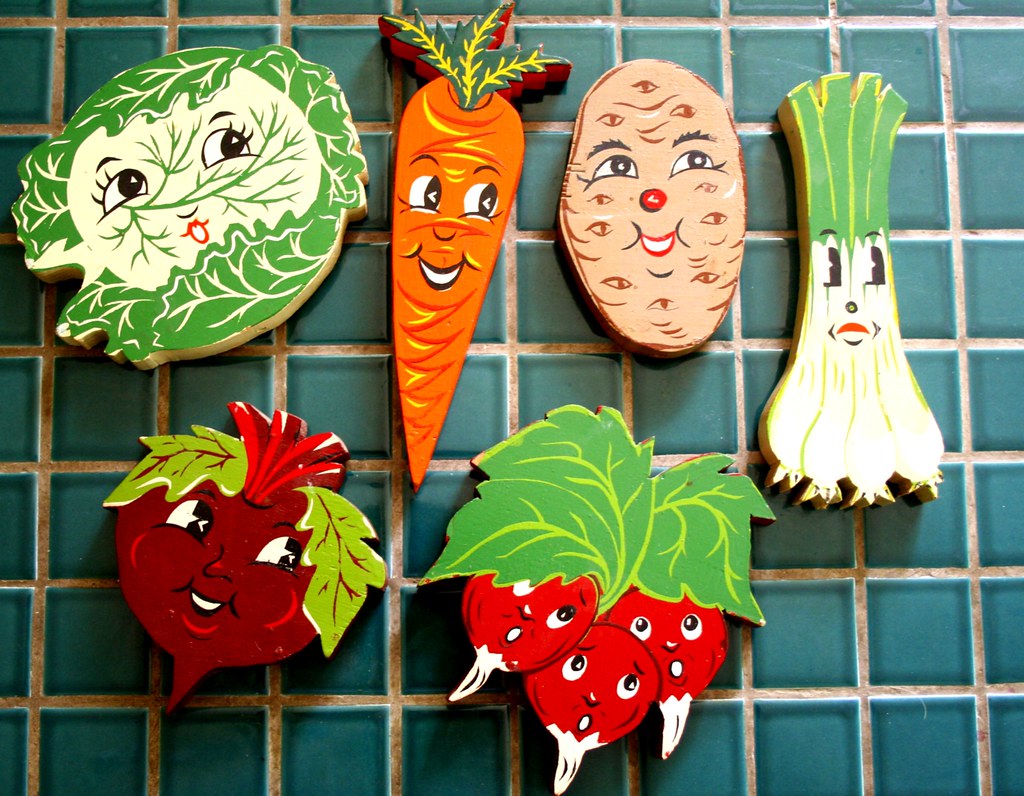
From “Home Sweet Home” samplers to cross-stitched quotes in wooden frames, embroidered wall hangings were a cozy touch in many homes. They often reflected someone’s patience, skill, or just love for crafts. But with changing décor trends and less time spent on hand-sewn projects, these pieces have become rare—now seen mostly at estate sales or passed down as sentimental heirlooms.
